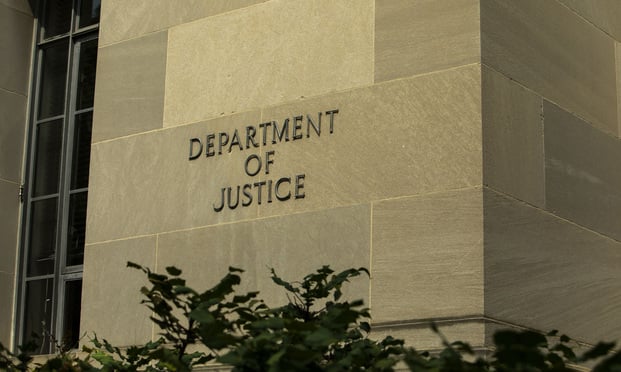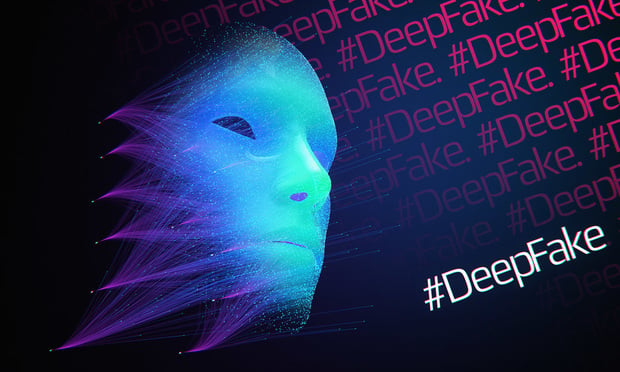Features

Generative AI and the 2024 Elections: Risks, Realities, and Lessons for Businesses
GenAI's ability to produce highly sophisticated and convincing content at a fraction of the previous cost has raised fears that it could amplify misinformation. The dissemination of fake audio, images and text could reshape how voters perceive candidates and parties. Businesses, too, face challenges in managing their reputations and navigating this new terrain of manipulated content.
Features

Hyperlinked Documents: The Latest e-Discovery Challenge
As courts and discovery experts debate whether hyperlinked content should be treated the same as traditional attachments, legal practitioners are grappling with the technical and legal complexities of collecting, analyzing and reviewing these documents in real-world cases.
Features

DOJ's Cyber Fraud Initiative Is a Wake-Up Call That Keeps Ringing
The DOJ's Cyber-Fraud Initiative's results and DOJ's guidance on corporate compliance have made the point to government contractors and corporate America — "now is the time to invest and reinvest" in cybersecurity compliance.
Features

Are You For Real? Dealing with the Proliferation of Deepfakes
Notwithstanding the significant threats facing companies as a result of deepfake technology, there are several things companies can do to protect themselves and their employees from becoming the victim of a deepfake scam.
Features

China Finalizes New Regulations to Relax Personal Data Exports from China
Nearly six months after the Cyberspace Administration of China (CAC) was first introduced for public consultation, the much-awaited final rules on Regulating and Facilitating Cross-border Data Flows were published and came into effect on March 22, 2024. The New Regulations largely repeat the Draft Regulations, but now have further relaxed personal data exports from China.
Features

Privacy Risk Management & Data Minimization
Many organizations — from growing start-ups to mature, well-established companies — are struggling with the new reality of what it means to manage data in an era of digital transformation, exponential data growth, and expanding regulatory regimes focusing on data management and minimization.
Features

AI Needs Its 'Come to Jesus' Moment
It's time to stop the hype, stop talking up AI as if it's the next best thing since sliced bread and prove that it's a useful tool and technology that can actually be used in the actual practice of law.
Features

All the News That's Fit to Pinch: 'NYT v. OpenAI'
The emerging cases by authors and copyright owners challenging various generative AI programs for using copyrighted materials are certain to create new troubles for the courts being asked to apply the fair use doctrine to this important new technology.
Features

The EU AI Act Will Transform Practices for AI Governance In the U.S.
The EU AI Act solidifies one of the world's first comprehensive attempts to bring governance to unlock innovation in AI. U.S. companies have asked, what exactly does this development mean for their businesses?
Features

The Importance of Cyber Vigilance: Control Liability and Litigation Exposure
This article covers cyber trends and tips for organizations to explore in order to be better equipped to anticipate and respond to cyber incidents before a devastating breach occurs. The outcome? Diminished chance of class action activity, compliance violations, lost business, and mounting costs.
Need Help?
- Prefer an IP authenticated environment? Request a transition or call 800-756-8993.
- Need other assistance? email Customer Service or call 1-877-256-2472.
MOST POPULAR STORIES
- Use of Deferred Prosecution Agreements In White Collar InvestigationsThis article discusses the practical and policy reasons for the use of DPAs and NPAs in white-collar criminal investigations, and considers the NDAA's new reporting provision and its relationship with other efforts to enhance transparency in DOJ decision-making.Read More ›
- The DOJ's Corporate Enforcement Policy: One Year LaterThe DOJ's Criminal Division issued three declinations since the issuance of the revised CEP a year ago. Review of these cases gives insight into DOJ's implementation of the new policy in practice.Read More ›
- The DOJ's New Parameters for Evaluating Corporate Compliance ProgramsThe parameters set forth in the DOJ's memorandum have implications not only for the government's evaluation of compliance programs in the context of criminal charging decisions, but also for how defense counsel structure their conference-room advocacy seeking declinations or lesser sanctions in both criminal and civil investigations.Read More ›
- China Finalizes New Regulations to Relax Personal Data Exports from ChinaNearly six months after the Cyberspace Administration of China (CAC) was first introduced for public consultation, the much-awaited final rules on Regulating and Facilitating Cross-border Data Flows were published and came into effect on March 22, 2024. The New Regulations largely repeat the Draft Regulations, but now have further relaxed personal data exports from China.Read More ›
- 10 Steps Legal Departments Should Be Taking to Prepare for the SEC's Newly Adopted Cybersecurity Risk Governance Rule for Public CompaniesBy readying your company's cybersecurity program now to comply with the SEC's cyber rules, you will also arm your company with a better defense against cyberthreat actors, reduce the reputational harm that comes along with a cybersecurity incident and increase investor confidence in the company's cybersecurity program.Read More ›
